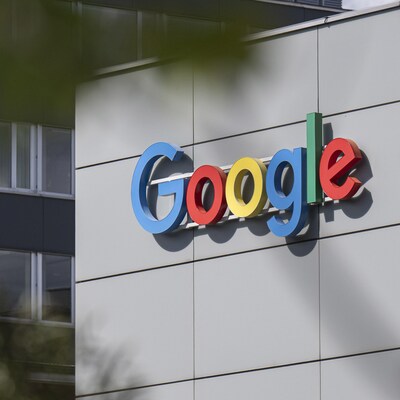
Head over to our on-demand library to view sessions from VB Transform 2023. Register Here
Many might not be surprised, but today the 2023 Gartner Hype Cycle for emerging technologies placed generative AI on the ‘Peak of Inflated Expectations’ for the first time.
Each year, Gartner creates more than 90 Hype Cycles as a way for its clients to track technology maturity and future potential. The five phases in the Hype Cycle are Technology Trigger, Peak of Inflated Expectations, Trough of Disillusionment, Slope of Enlightenment and Plateau of Productivity.
Gen AI’s inflated expectations are undeniable
Generative AI, of course, is not a singular technology, said Gartner analyst Arun Chandrasekaran in an interview with VentureBeat. It includes everything from foundation and diffusion models to prompt engineering tools. “They all enable this trend of generative AI,” he explained.
>>Follow VentureBeat’s ongoing generative AI coverage<<
Event
VB Transform 2023 On-Demand
Did you miss a session from VB Transform 2023? Register to access the on-demand library for all of our featured sessions.
Register Now
That said, the inflated expectations around generative AI as a whole are undeniable, he said. “Every vendor is knocking on the door of an enterprise CIO or CTO and saying, ‘We’ve got generative AI baked into our product,’” he explained, adding that executives are struggling to navigate this landscape, including figuring out the level of customization and the security and privacy practices of various features.
Confusion or conflation exists on the user and buyer sides as well, he said. “Generative AI is almost positioned as human-level intelligence, with a lot of people equating it to AGI,” he said, adding that others confuse generative AI with other AI techniques when they should be using predictive AI or causal AI instead, for example.
Enormous number of products claiming to have generative AI
But the main reason AI has hit the peak of the hype cycle, said Chandrasekaran, is the sheer number of products claiming to have generative AI baked into them. “It’s just enormous,” he said. “We’re also starting to see real proliferation in generative AI models, both in the closed-source ecosystem as well as in the open-source ecosystem.”
There is, however, plenty of confusion in the market, Chandrasekaran said, with vendors claiming enormous productivity numbers. “A lot of our users, if they’re seeing some benefits, it’s nowhere close to what the vendors are claiming at this point in time.”
That, combined with challenges around de-risking and deploying generative AI models to make sure it is not hallucinating in customer-facing use cases, “is why I think it’s the right place for generative AI: on the Peak of Inflated Expectations,” he said.
Where does gen AI go from here on the Gartner Hype Cycle?
The next step on the Gartner Hype Cycle is, of course, the Trough of Disillusionment — which, Chandrasekaran said, is inevitable because of the competitive jostling in the space. “It’s going to happen — it’s already happening, in some sense,” he said.
“The bigger question is, is this a technology that’s going to add long-term value for enterprises and even for society at large?” he asked, adding: “It is very debatable, but I would say that based on early evidence we have seen that there isn’t dramatic disillusionment yet where customers have said, ‘I played with it, I’m not going to spend a single cent on this any more in the future.’”
Instead, he said, people are still trying to reconcile the hype versus reality. “Is this going to go more slowly though the Peak of Inflated Expectations?” he wondered, or is it going to just zoom through to the Plateau of Productivity — where mainstream adoption starts to take off, criteria for assessing provider viability are more clearly defined and the technology’s broad market applicability and relevance are clearly paying off?
“It’s hard to say,” he replied.


/cdn.vox-cdn.com/uploads/chorus_asset/file/25429040/Screenshot_2024_05_01_at_12.58.42_PM.png)
/cdn.vox-cdn.com/uploads/chorus_asset/file/25428960/1392610598.jpg)


